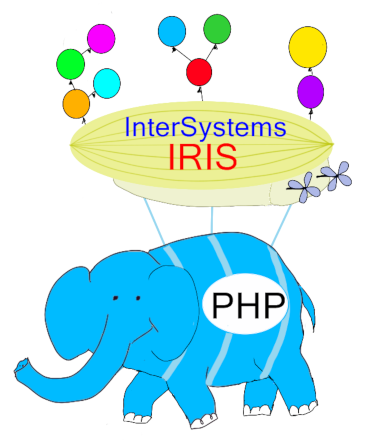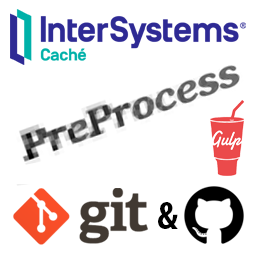(Originally posted by @Ben Spead on June 25, 2014)
This code snippet generates a list of Ensemble Lookup Tables and Schema documents in the user's current namespace. Run the code by running the class method "test":
Class benspead.EnsTablesSchema
{
classmethod test() {
If ##class(%Dictionary.CompiledClass).%ExistsId("Ens.Util.LookupTableDocument") {
// only supported in Ensemble 2012.1+
Write !,!,"Exporting Ensemble Lookup Tables..."
Set sc = $$$OK
Set rs = ##class(%ResultSet).%New("Ens.Util.LookupTableDocument:List")
Do rs.Execute()
While rs.Next() {
Set item=rs.Data("name")
Write "document found: "_ item,!
}
Do rs.Close()
Set rs=""
}
If ##class(%Dictionary.CompiledClass).%ExistsId("EnsLib.HL7.SchemaDocument") {
Write !,!,"Exporting Ensemble HL7 Schemas..."
Set sc = $$$OK
Set rs = ##class(%ResultSet).%New("EnsLib.HL7.SchemaDocument:List")
Do rs.Execute()
While rs.Next() {
Set item=rs.Data("name")
Continue:$listfind($lb("2.1.HL7","2.2.HL7","2.3.HL7","2.4.HL7","2.5.HL7","2.6.HL7","2.7.HL7","2.3.1.HL7","2.5.1.HL7","2.7.1.HL7","ITK.HL7")
,item)
Write "document found: "_ item,!
}
Do rs.Close()
Set rs=""
}
}
}
Here's a link to the code on GitHub: https://github.com/intersystems-community/code-snippets/blob/master/src/...
 ).
).


 PHP, from the beginning of its time, is renowned (and criticized) for supporting integration with a lot of libraries, as well as with almost all the DB existing on the market. However, for some mysterious reasons, it did not support hierarchical databases on the globals.
PHP, from the beginning of its time, is renowned (and criticized) for supporting integration with a lot of libraries, as well as with almost all the DB existing on the market. However, for some mysterious reasons, it did not support hierarchical databases on the globals.
 After many sleepless nights it's a pleasure to announce the newer, better, moderner ObjectScript compiler which implemented pretty much everything you ever wanted to have in
After many sleepless nights it's a pleasure to announce the newer, better, moderner ObjectScript compiler which implemented pretty much everything you ever wanted to have in 
